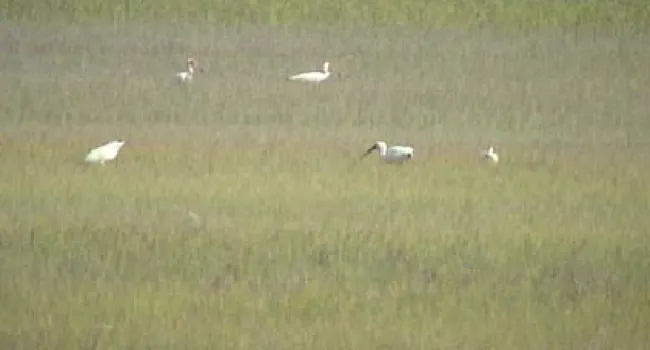
Photo
White ibis use their long, curved bills to probe into the burrows of the fiddler crabs and pull them out to eat. IBIS. Along with the clapper rail, white ibis are the major bird consumers of the salt...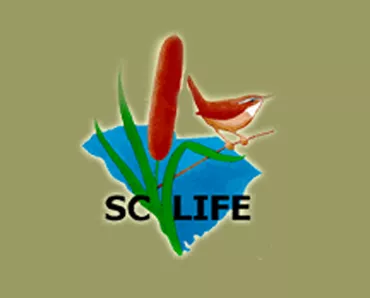
Take a virtual field trip to a South Carolina cove forest and a salt marsh. These virtual field trips were produced in collaboration between Clemson University's SC LIFE Project and South Carolina ETV. The virtual field trips were designed specifically for schools lacking easy access to natural areas.
The SC LIFE Project, supported by an award to Clemson University from the Howard Hughes Medical Institute Undergraduate Science Education Program, uses the natural history of South Carolina (and the Southeast) to illustrate basic biological concepts and to stimulate inquiry-based learning. The SC LIFE Program serves elementary, middle and high school students and teachers. The target grade level of the SC LIFE Virtual Field Trips content is middle school.
SC LIFE materials are available for use only in non-profit educational activities. Any other uses, including activities involving fees for instruction and/or materials, must receive permission from the SC LIFE Project Director. Contact SC LIFE Project Office, 132 Long Hall, Clemson, SC 29634, 864-656-4224, with questions about any of our SC LIFE materials or programs.

Photo
White ibis use their long, curved bills to probe into the burrows of the fiddler crabs and pull them out to eat. IBIS. Along with the clapper rail, white ibis are the major bird consumers of the salt...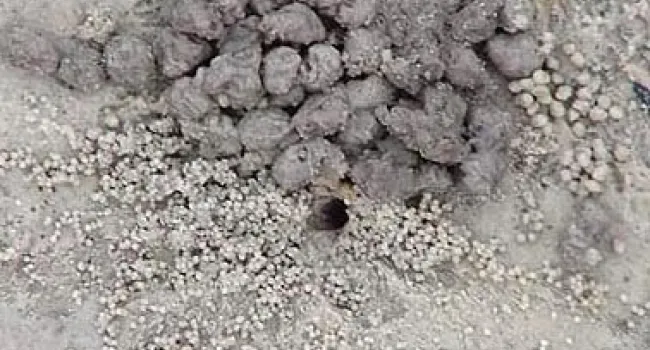
Photo
These tiny balls of sand or mud, perfectly round, are called pseudofeces because they look like fecal pellets. Like true feces, they are bits of indigestible material, but they have never passed...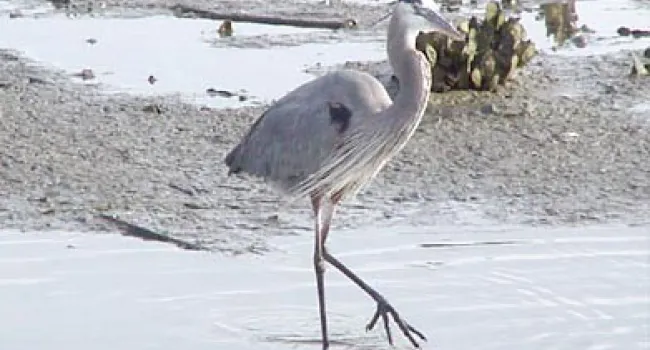
Photo
Great blue herons are the largest of our herons. Standing over 3 feet tall, with a large, 6-inch-long dagger of a beak, they eat anything they can spear. They are bluish-gray in color. They most often...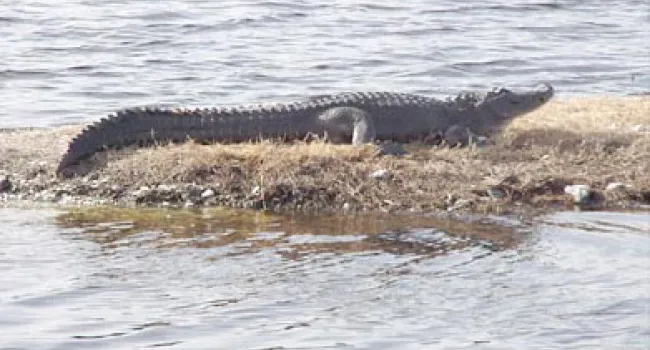
Photo
Alligators are not normally found in brackish or salt water, although they do occasionally swim there. They much prefer freshwater and must return to it to drink. They can reach 19 feet in length, but...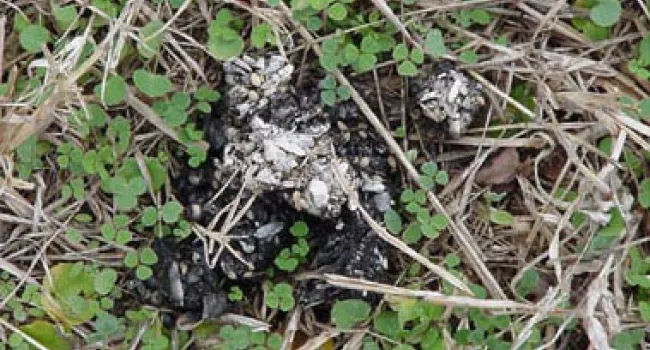
Photo
This scat is from the same animal. It ís full of seeds and the shells of fiddler crabs. Who ate them?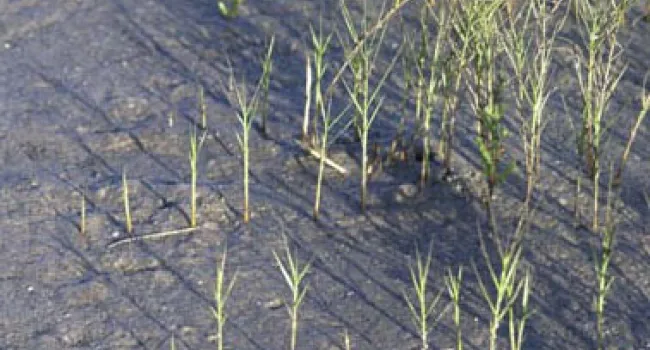
Photo
Salt grass sends underground stems called rhizomes into the salt flat. Sprouts from these rhizomes make stems and leaves above ground. You can see where the rhizome lies underground because the stems...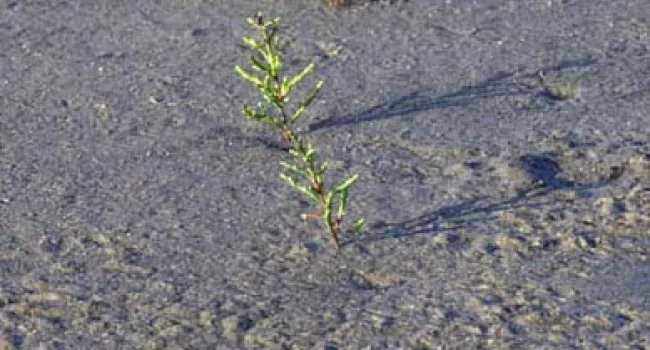
Photo
There are two species of glasswort. One is an annual and lives only for one year, then dies. It is the taller, branched plant farthest out into the salt flat. The other is a perennial and lives for...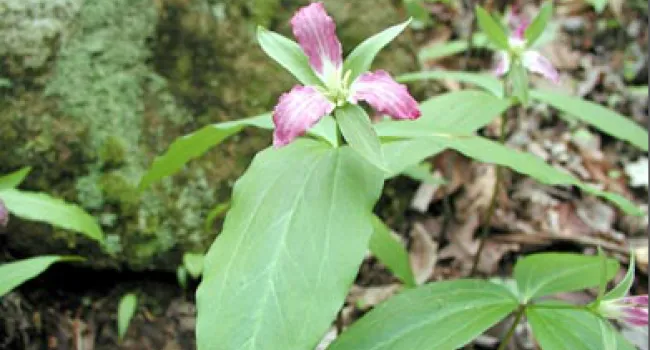
Photo
A number of rare species occur in cove forests, including the endangered persistent trillium, Trillium persistens. The species is found in deeply incised coves and gorges (acidic coves) in South...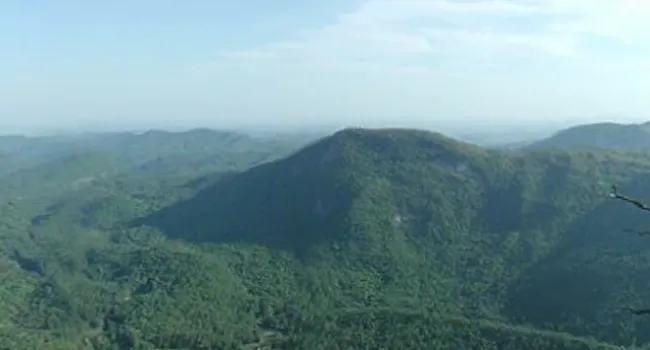
Document
Oconee State Park This popular Upcountry state park rests on a high plateau among tall pines and hardwoods in the foothills of the Blue Ridge. Among the park's 1,165 acres are two mountain lakes and a...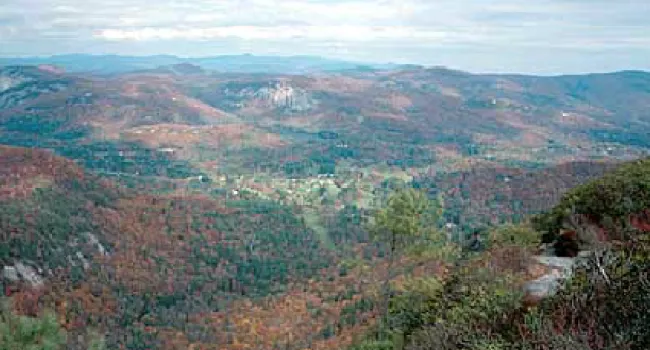
Photo
A current threat to cove forests is residential development. Steep slopes are cleared, and homes, condominiums and resorts are built.